
If you’ve ever opened a package of baby carrots and discovered a peculiar white film on them, you’re not alone. Many people see this phenomena and question if it is safe to eat or if it indicates that the carrots have gone bad. What is the good news? It is entirely harmless. Let’s take a closer look at what this white stuff is, why it forms, and how to handle it.
What Is the White Stuff on Baby Carrots?

The white material you see is frequently known as “carrot blush”. Contrary to popular assumption, it is not chlorine or mold, but a harmless coating of film formed by dehydration. When newborn carrots lose moisture after being exposed to air, their exterior surface roughens, scattering light and creating the whitish appearance. Regular carrots are less affected by this since they retain their natural protective skin, which helps to lock in moisture.
How Does Carrot Blush Form?
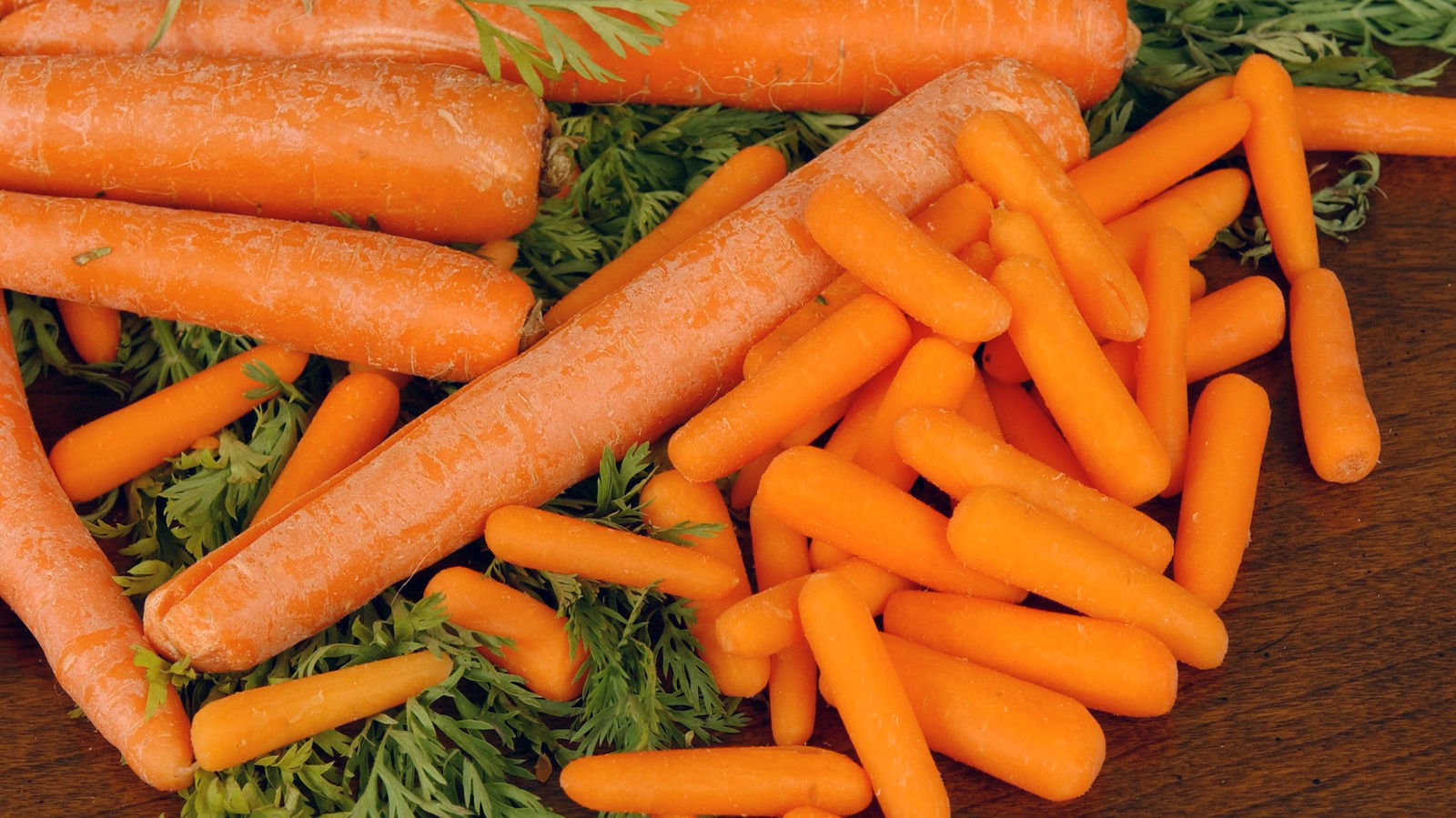
Carrot blush forms when baby carrots dry out after being exposed to the atmosphere. Without the protective skin that ordinary carrots have, they are more prone to dehydration. According to Pol Bishop, a gardening expert, moisture loss in the infant carrot’s thin outer layer causes its surface to roughen and light to be distributed throughout it. “All of this causes whitish marks on the carrot.” The lack of a protective layer renders them more vulnerable to skin cell injury, which contributes to the production of this white film.
Is Carrot Blush Harmful?
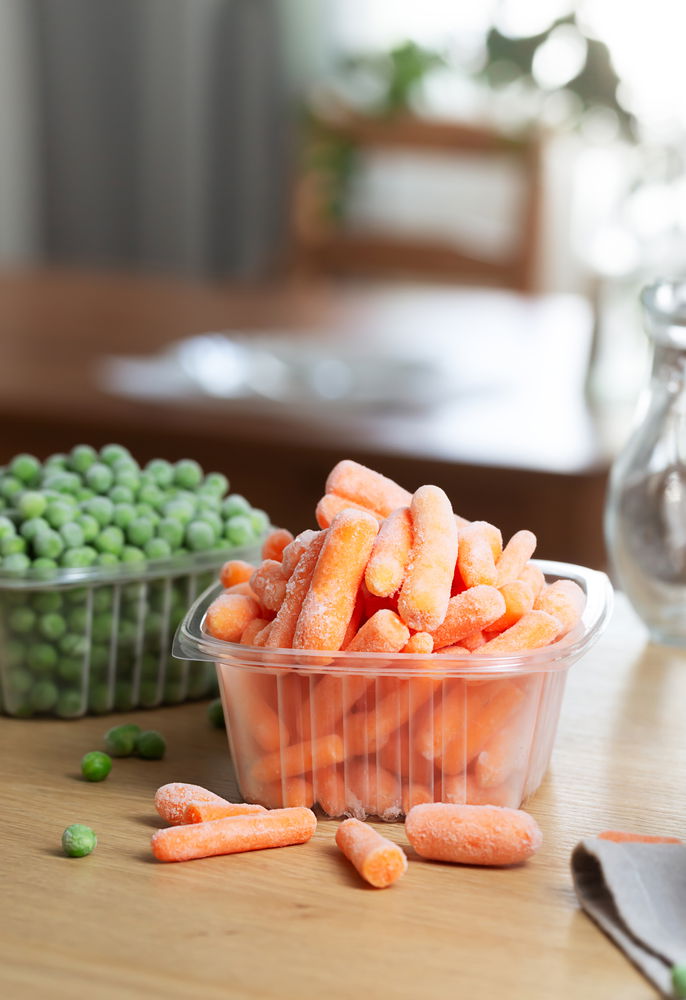
The quick answer is no, as carrot blush is absolutely harmless. According to nutrition experts, this white coating does not indicate that the carrots are damaged or harmful to consume. It just indicates that the carrots have dried up little. You can eat them plain or remove the white blush by washing or soaking the carrots in water for a few minutes. This will help restore their brilliant orange color.
How to Get Rid of the White Film
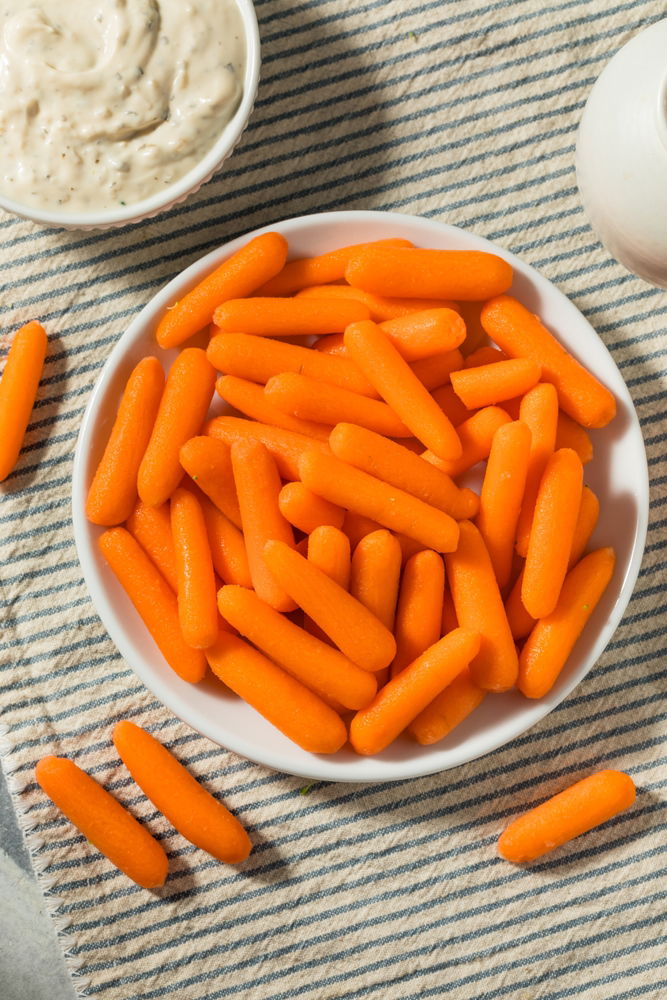
If the white blush on your young carrots bothers you, there’s a simple solution. Simply rinse or soak them in cold water for a few minutes, and the white coating will begin to dissipate. This rehydration process helps to restore their appearance, making them appear fresher. In fact, storing your carrots in a bag or container with moisture in the refrigerator can help prevent the white film from forming in the first place.
Why Does This Only Happen to Baby Carrots?
You may question why this problem only affects baby carrots and not regular, full-sized ones. Baby carrots are simply sliced and shaped from larger carrots, which requires the removal of their natural protective skin. As a result, the smaller carrots lose moisture faster than entire carrots. To keep them fresh, producers frequently place baby carrots in a bag with a small quantity of water, but after the moisture evaporates, they develop a blush.
Can Slimy Carrots Be Saved?
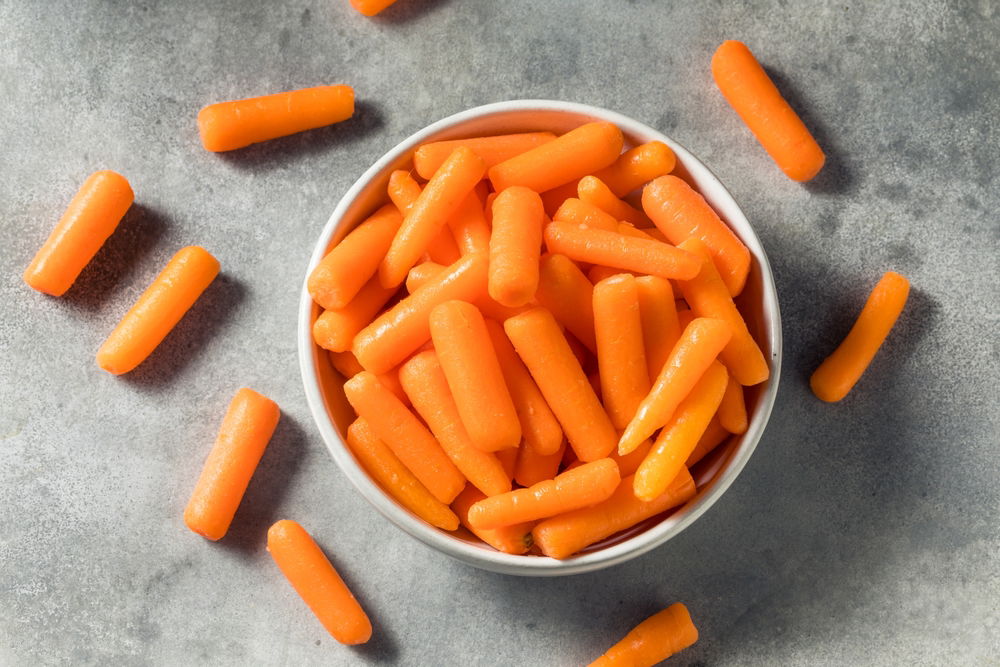
Baby carrots can sometimes feel slimy in their packaging. This sliminess develops when additional moisture in the bag reacts with the exposed carrot surfaces. While slimy carrots may not appear appealing, they are safe to eat if rinsed or boiled quickly before consumption. Alternatively, some people prefer to forego baby carrots entirely and instead use whole carrots that they can peel and cut into sticks themselves. This prevents the dehydration difficulties that cause carrot blush and slime.
Don’t Worry About the White Stuff
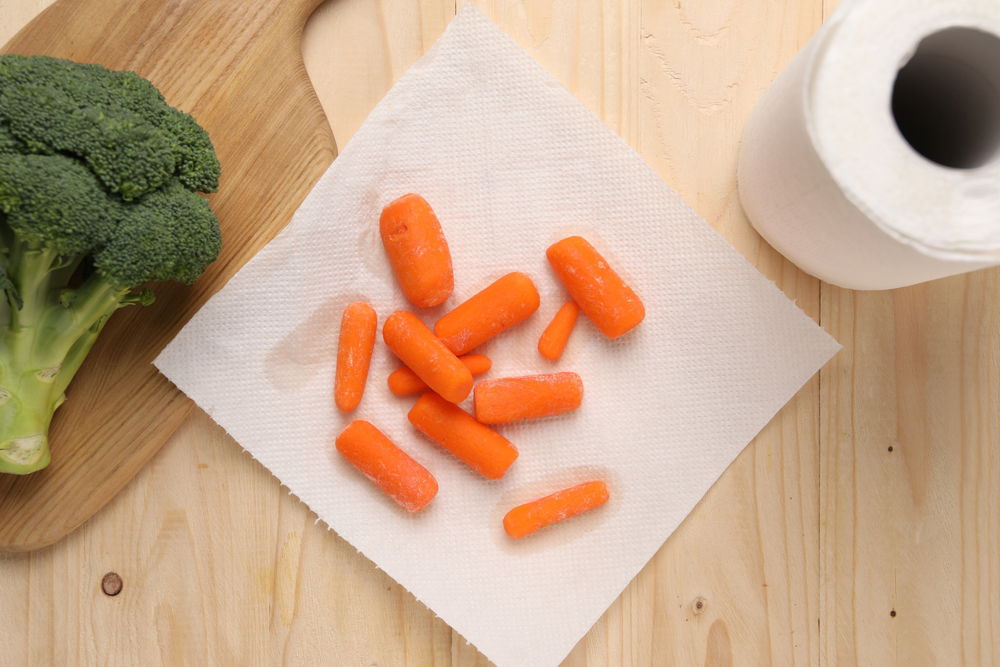
The white substance on your baby carrots is nothing to be concerned about. It is simply the effect of dehydration and is perfectly safe to consume. If you want your carrots to look as good as new, a short rinse or soak will do the trick. So, the next time you open a bag of baby carrots and notice that white blush, rest assured that your snack is still absolutely fine to eat.

















